Prices
The Prices box shows the total cost of all windows entered, with a breakdown for different types, including vinyl and premium vinyl. Pricing updates dynamically as you adjust quantities, dimensions, and customizations, allowing for easy cost comparison to fit your budget.
- Vinyl Windows: $0.00
- Premium Vinyl Windows: $
- Fiberglass Windows: $0.00
- Wood Windows: $0.00
Window Types
Specify width and height for accurate pricing. Use “Add New Size” to customize multiple windows of the same type with different dimensions. Click “Remove” to delete specific sizes, making it easy to manage and adjust your selections.
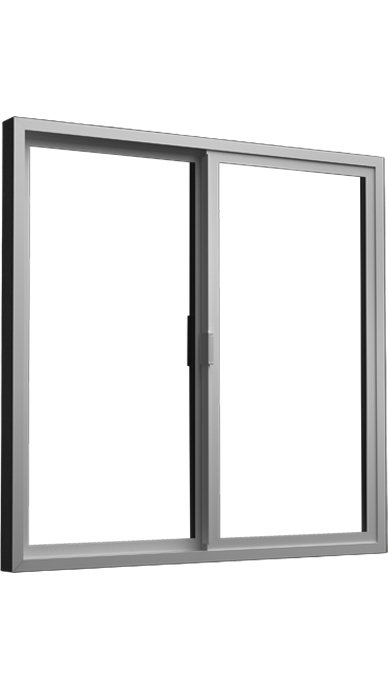
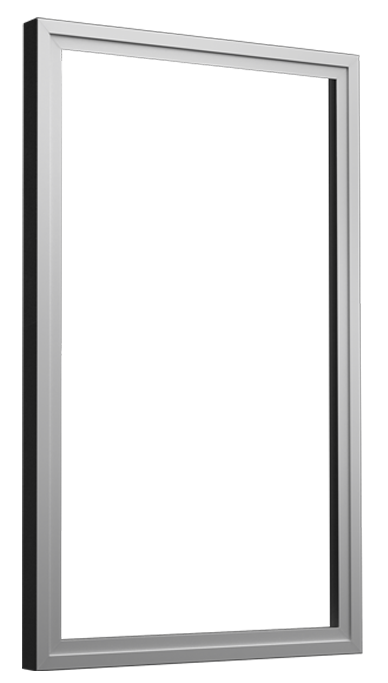
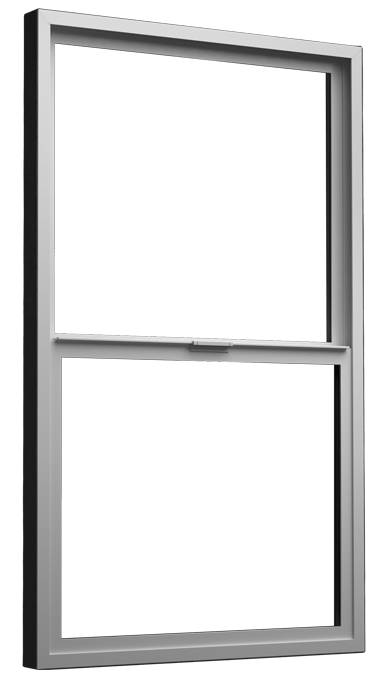
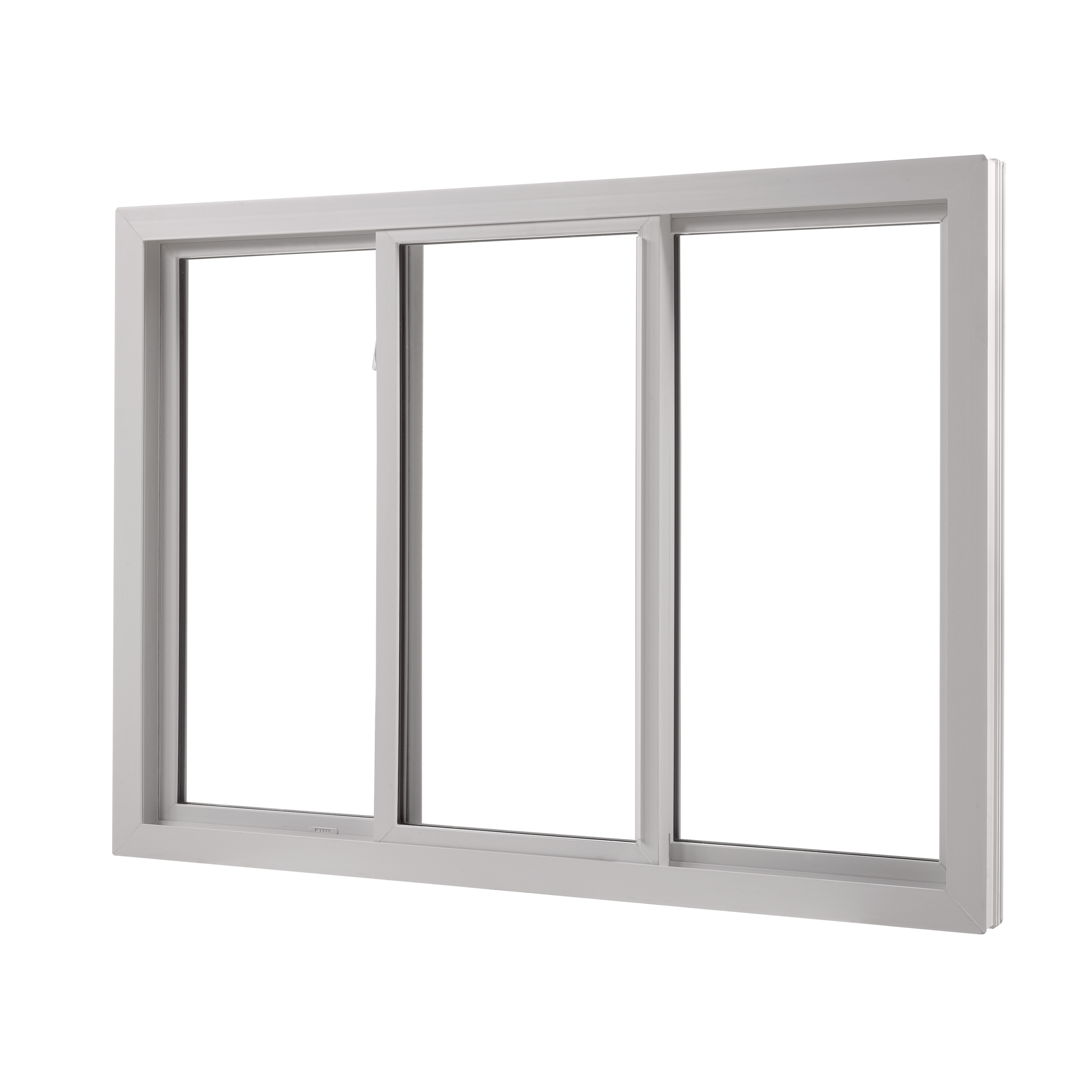
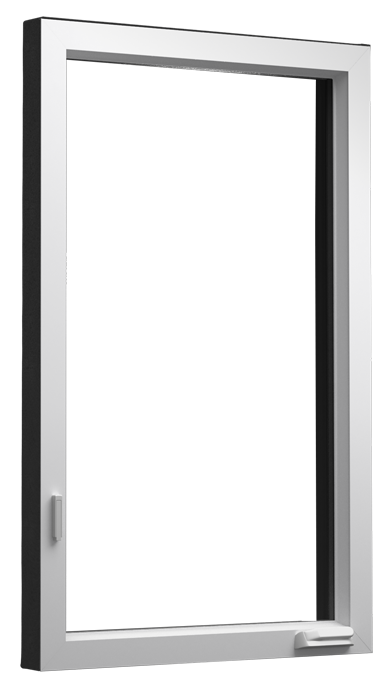
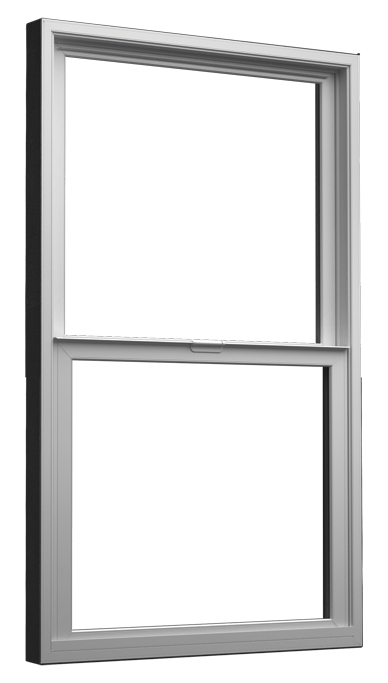
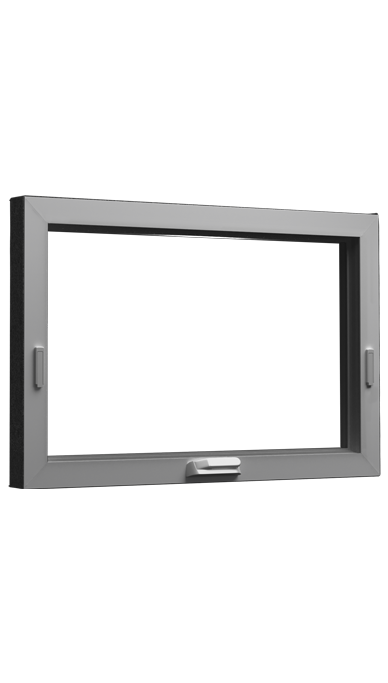
Window Replacement Cost Guide
Replacing windows can significantly enhance your home’s appearance, comfort, and energy efficiency. However, understanding the costs involved can be tricky. That’s why we’ve created this detailed guide to help you navigate the factors that influence window replacement pricing.
At the top of this page, you’ll find our handy window replacement cost calculator. This tool gives you an estimate based on various factors, making it easier to budget for your project.
In this article, we’ll explore the different elements that affect window replacement costs, offer money-saving tips, and provide a comprehensive breakdown of costs by type, material, and brand. By the end, you’ll have a clear understanding of what to expect and how to make the best choices for your home.
What Factors Affect Window Replacement Pricing?
Several key factors can impact the cost of replacing your windows. Here’s a closer look at each one:
Window Material
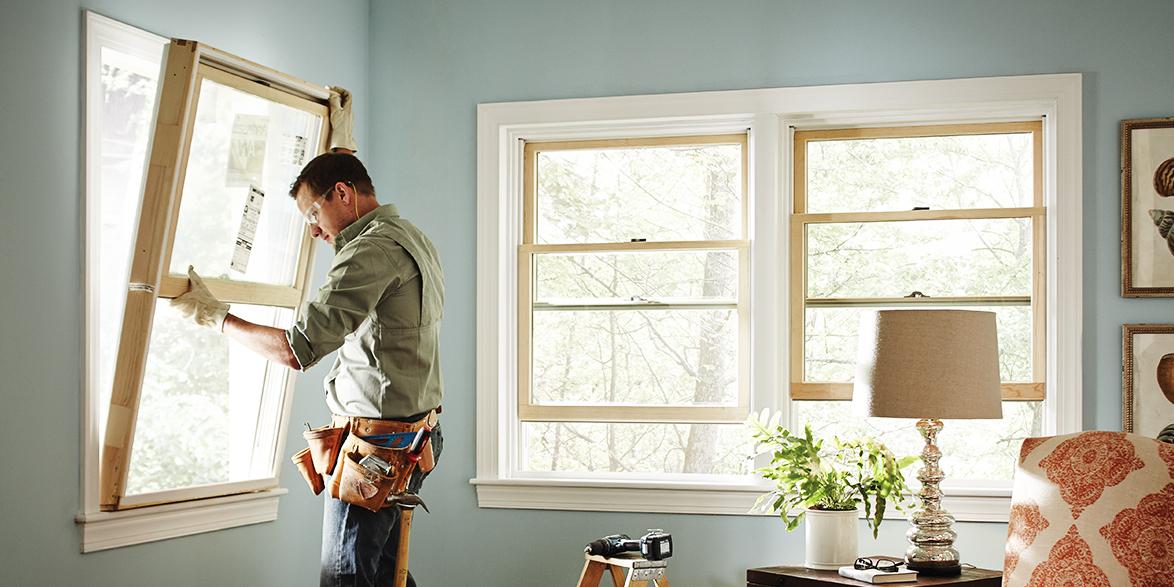
The material of your window frames plays a significant role in the overall cost. Common materials include:
- Vinyl: Vinyl windows are popular because they are affordable, durable, and require little maintenance. They offer good insulation, which can help reduce energy bills. Learn more about retrofitting windows.
- Wood: Wooden windows are more expensive but offer a classic, elegant look. They require more upkeep, such as painting or staining, to protect them from the elements.
- Aluminum: Aluminum frames are strong and lightweight, making them a good choice for larger windows. However, they are not as energy-efficient as other materials because they conduct heat.
- Fiberglass: Fiberglass windows are durable and energy-efficient. They tend to be more expensive but can last longer and require less maintenance than wood or vinyl.
Window Color
The color of your windows can also affect the price. Standard white windows are usually the least expensive option. Custom colors can increase the cost due to the additional manufacturing process and materials required. When choosing a color, consider both the aesthetic appeal and how it will blend with your home’s exterior.
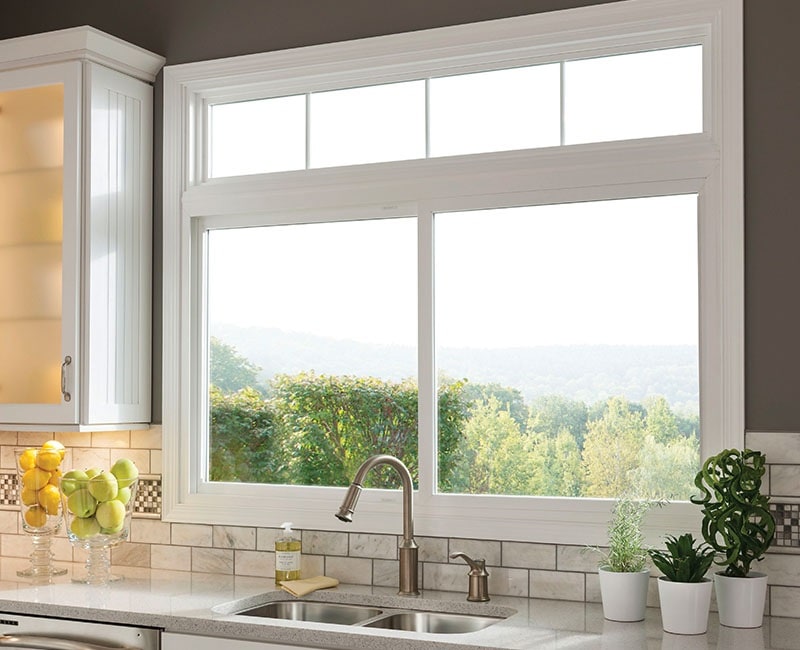
Replacement vs. New Construction
It’s important to distinguish between replacement windows and new construction windows:
- Replacement Windows: These are designed to fit into existing window openings. They are generally easier and less expensive to install because they do not require altering the surrounding structure. Read about replacing windows after remodeling here.
- New Construction Windows: These are used when building a new home or when an existing window needs a complete overhaul. They have a nailing fin that attaches to the frame of the house, which can increase installation complexity and cost.
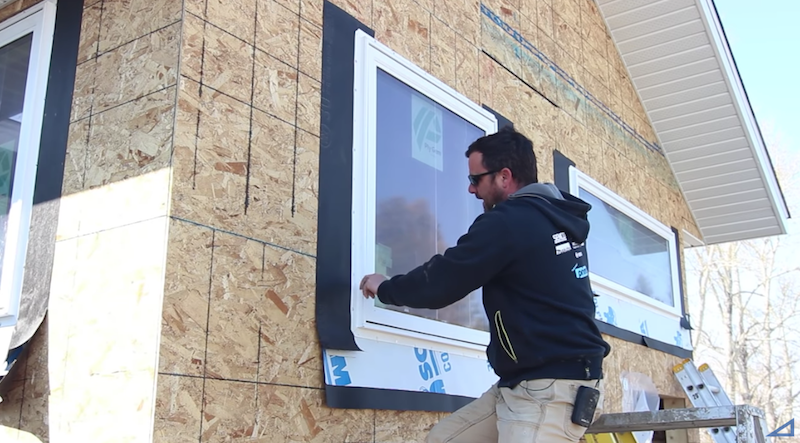
Quantity
The number of windows you need to replace will directly impact your total cost. Many suppliers offer discounts for bulk purchases, which can lower the price per window. However, remember that larger orders also mean higher overall costs, so it’s essential to balance quantity and budget.
Warranty
Warranties provide peace of mind and can affect your long-term costs. High-quality windows often come with more extended warranties, which can cover repairs or replacements if something goes wrong. Be sure to understand what the warranty covers and how long it lasts, as this can influence your initial investment and future expenses.
Installation
The cost of installation varies depending on whether you hire a professional or attempt a DIY project. Professional installation ensures that your windows are fitted correctly, reducing the risk of issues down the line. While DIY installation might save money upfront, improper installation can lead to problems that may cost more to fix later.
Accessibility of the Job Location
The location of your windows can affect installation costs. Windows on higher floors or in hard-to-reach areas may require special equipment or additional labor, increasing the price. Ground-level windows are generally easier and cheaper to install. Learn how to measure for basement replacement windows here.
By understanding these factors, you can better plan your window replacement project and make informed decisions that fit your budget and needs.
Window Replacement Cost
Understanding the cost of window replacement can help you plan your budget effectively. In this section, we’ll break down the various costs involved in replacing windows.
How Much Does a Window Replacement Cost?
The cost of replacing a window varies widely based on several factors, including the type of window, the material, and the installation complexity. On average, you can expect to pay between $300 and $1,000 per window, including installation. However, prices can be higher or lower depending on your specific needs and choices. Check out our reviews on Milgard windows to see if they are a good fit for you here.
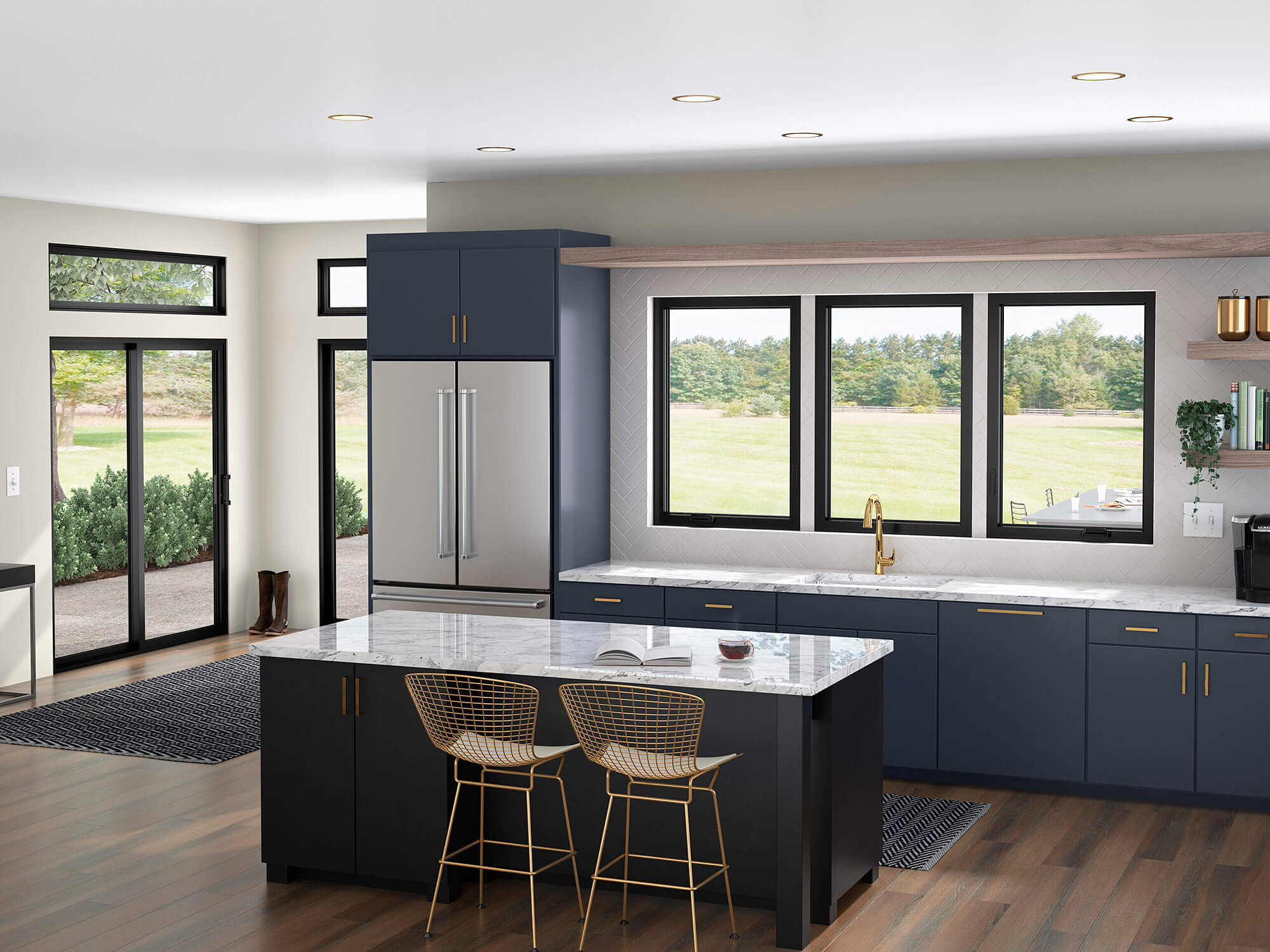
Average Cost of a Window Replacement
The average cost of a window replacement falls around $500 to $750 per window. This range covers mid-range options that offer a good balance between affordability and quality. It’s important to get multiple quotes from different suppliers and installers to find the best deal that fits your budget. For more information on window replacement in Orem, click here.
Low-Cost Window Replacement
For those on a tight budget, low-cost window replacements are available. These windows typically range from $100 to $300 each. They are usually made from vinyl or aluminum and may have fewer features compared to more expensive options. While they can save you money upfront, be mindful that they might not offer the same level of energy efficiency or longevity.
Medium-Cost Window Replacement
Medium-cost window replacements generally fall between $300 and $700 per window. These options often include better materials, such as wood or fiberglass, and may offer enhanced energy efficiency features. They strike a good balance between cost and quality, making them a popular choice for many homeowners.
High-Cost Window Replacement
High-cost window replacements can range from $700 to over $1,000 per window. These premium options often include high-end materials, custom colors, and advanced energy-efficient features. While they require a larger initial investment, they offer superior performance and aesthetics, potentially increasing your home’s value.
Window Replacement Cost by Frame Material
Different frame materials come with different price tags. Here’s a breakdown of costs based on the most common materials:
Vinyl
Vinyl windows are the most affordable, typically costing between $100 and $500 per window. They are durable, low-maintenance, and energy-efficient, making them a popular choice for budget-conscious homeowners.
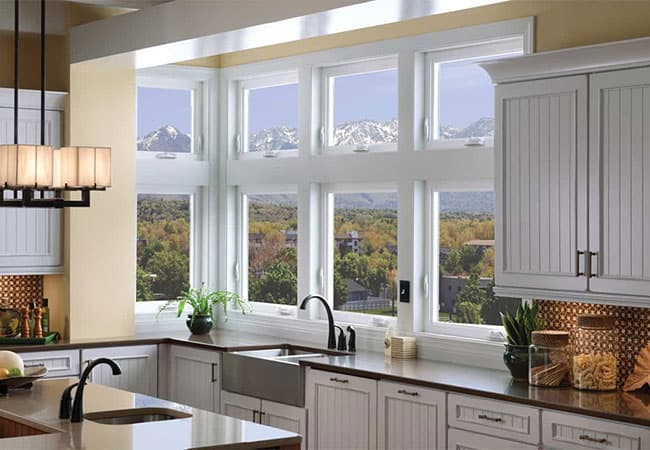
Wood
Wood windows offer a classic, elegant look but come at a higher price, ranging from $300 to $800 per window. They require more maintenance, such as painting or staining, but provide excellent insulation and can last for many years if properly cared for.
Aluminum
Aluminum windows are strong and lightweight, with costs ranging from $200 to $600 per window. They are less energy-efficient than other materials but are often chosen for their sleek, modern appearance and durability.
Fiberglass
Fiberglass windows are among the most expensive, costing between $300 and $1,000 per window. They offer excellent energy efficiency, durability, and low maintenance. Fiberglass windows can also be painted, allowing for customization to match your home’s aesthetic.
By understanding the costs associated with different frame materials, you can make an informed decision that aligns with your budget and performance needs.
Window Replacement Cost by Glass Type
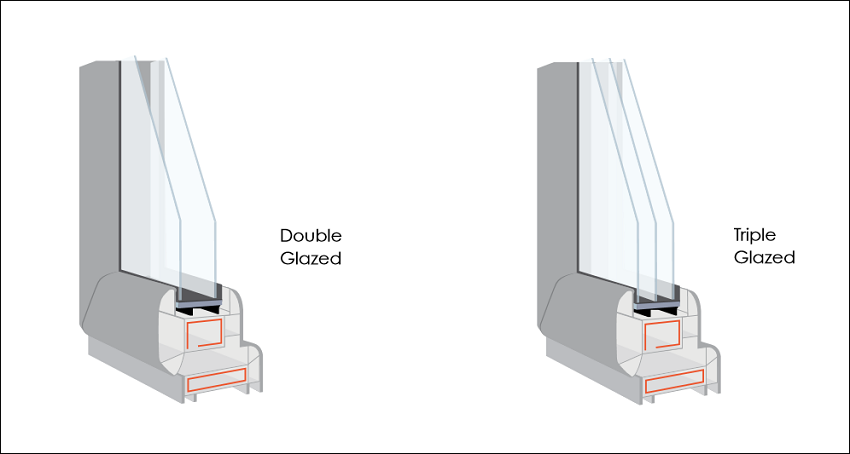
The type of glass you choose for your windows can greatly impact the overall cost. Here’s a look at the different types of glass and their associated costs:
Single-Pane Glass
Single-pane glass is the most basic and least expensive option, typically costing between $50 and $150 per window. However, it offers poor insulation and is less energy-efficient, which can lead to higher energy bills.
Double-Pane Glass
Double-pane glass, also known as insulated glass, consists of two layers of glass with a space between them filled with air or gas. This type of glass costs between $150 and $300 per window. It provides better insulation and energy efficiency compared to single-pane glass, making it a popular choice for homeowners looking to reduce energy costs.
Triple-Pane Glass
Triple-pane glass is the most expensive option, ranging from $300 to $600 per window. It consists of three layers of glass with air or gas-filled spaces between them. Triple-pane glass offers superior insulation and energy efficiency, making it ideal for homes in extreme climates or for those seeking the highest energy savings.
Low-E Glass
Low-emissivity (Low-E) glass has a special coating that reflects heat while allowing light to pass through. This type of glass can cost between $100 and $300 per window, depending on whether it’s single, double, or triple-pane. Low-E glass improves energy efficiency by keeping your home cooler in the summer and warmer in the winter.
Window Replacement Costs by Window Type
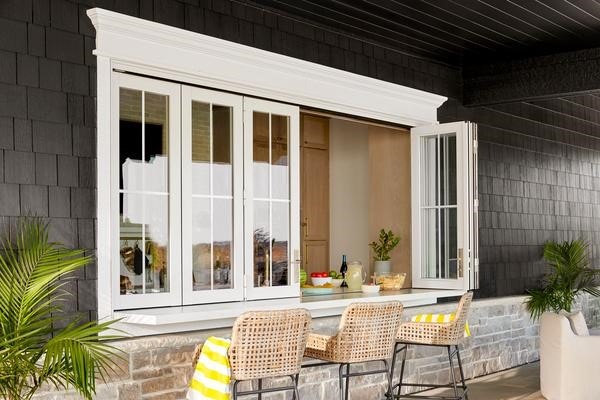
Different types of windows have different price ranges. Here’s a breakdown of costs based on common window types:
Single-Hung Windows
Single-hung windows, where only the bottom sash moves, are among the most affordable, costing between $100 and $400 per window. They are simple in design and easy to install.
Double-Hung Windows
Double-hung windows, where both the top and bottom sashes can move, typically cost between $150 and $600 per window. They offer better ventilation and are easier to clean compared to single-hung windows.
Casement Windows
Casement windows, which open outward like a door, range from $200 to $800 per window. They provide excellent ventilation and are usually more energy-efficient due to their tight seal when closed.
Awning Windows
Awning windows are similar to casement windows but open outward from the bottom, creating an awning effect. They typically cost between $200 and $700 per window. Awning windows are great for ventilation, even during rain.
Bay and Bow Windows
Bay and bow windows are larger, projecting outward from the home to create a small shelf or nook inside. They can cost between $1,000 and $4,000 per window. These windows add significant visual appeal and can increase the value of your home, but they are more complex to install.
Picture Windows
Picture windows are large, fixed windows that do not open. They are designed to provide unobstructed views and can cost between $200 and $1,200 per window. While they offer excellent aesthetics, they do not provide ventilation.
Sliding Windows
Sliding windows, which open horizontally along a track, range from $150 to $600 per window. They are easy to operate and maintain, making them a practical choice for many homes.
By understanding the costs associated with different types of windows, you can select the best options for your home’s needs and your budget.
Window Replacement Cost by Brand
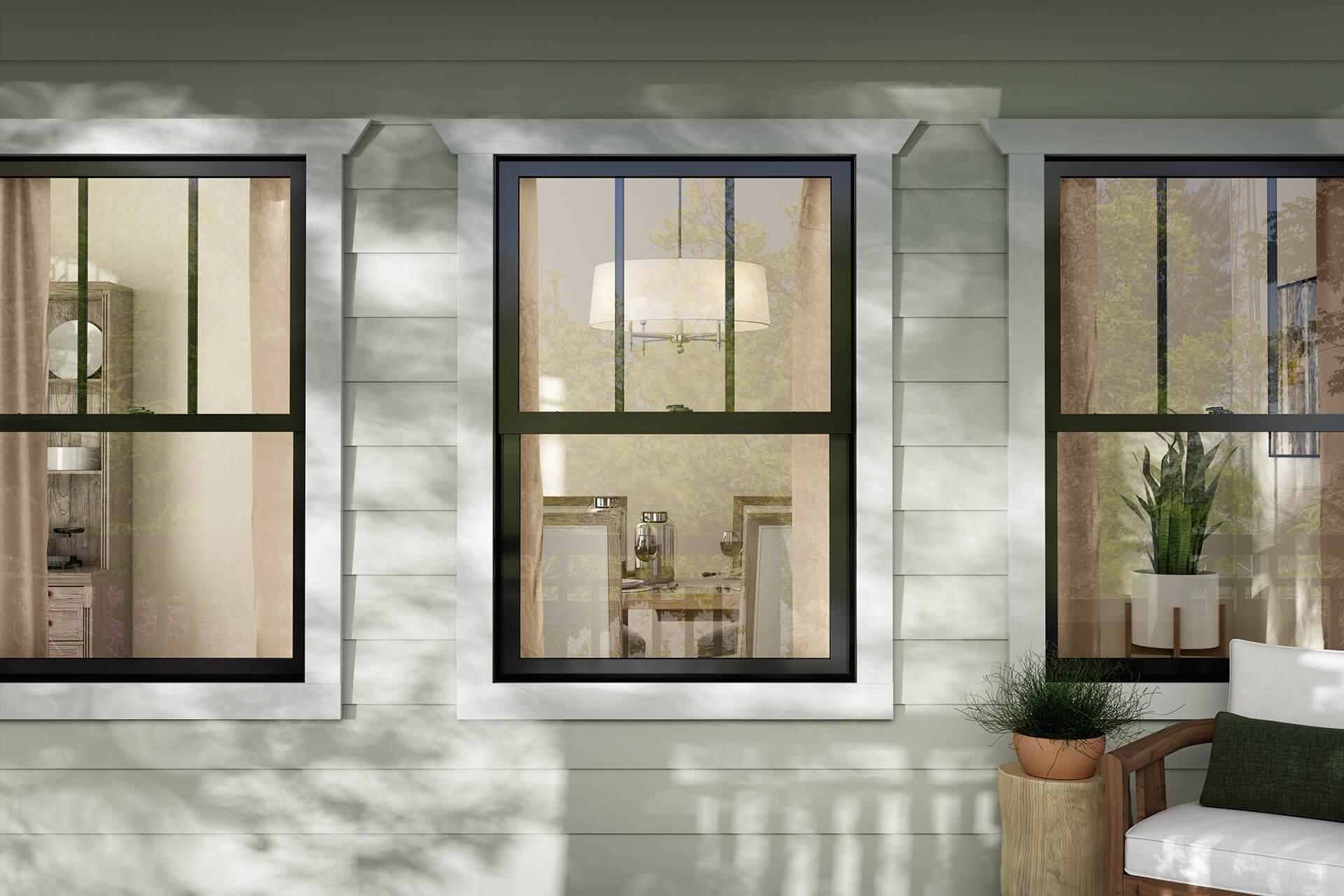
The brand of the windows you choose can also affect the overall cost. Here’s a look at some popular window brands and their price ranges:
Milgard
Milgard offers a wide range of windows, from budget-friendly vinyl options to high-end fiberglass models. Prices typically range from $300 to $1,200 per window. Milgard is known for its durability and excellent warranty options, making it a popular choice for many homeowners.
Andersen
Andersen windows are known for their high quality and energy efficiency. Prices range from $400 to $1,500 per window, depending on the material and style. Andersen offers a variety of materials, including wood, composite, and vinyl, to suit different budgets and preferences.
Pella
Pella windows are another premium brand, with prices ranging from $300 to $1,800 per window. They offer a wide selection of styles and materials, including wood, fiberglass, and vinyl. Pella is known for its energy-efficient designs and strong warranty options.
Marvin
Marvin windows are high-end and known for their customizability and quality craftsmanship. Prices typically range from $500 to $2,000 per window. Marvin offers a variety of materials, including wood, fiberglass, and clad, making them a versatile option for many homes.
Jeld-Wen
Jeld-Wen offers a range of affordable to mid-range windows, with prices from $200 to $1,000 per window. They provide various materials, including vinyl, wood, and aluminum. Jeld-Wen windows are known for their reliability and energy efficiency.
Amsco
Amsco windows are known for their affordability and quality, making them a popular choice for homeowners looking for value. Prices typically range from $200 to $900 per window, depending on the material and style. Amsco offers a variety of window types, including vinyl and composite options, which provide good energy efficiency and low maintenance. Their windows come in a range of colors and styles, allowing for customization to fit your home’s aesthetic. With a solid reputation for durability and a good warranty, Amsco windows are an excellent option for those seeking a balance between cost and performance.
Whole House Window Replacement Cost
Replacing all the windows in your home can be a significant investment, but it can also lead to substantial savings in energy costs and improved comfort. Here’s a look at what you might expect when replacing all the windows in a typical home:
Estimating the Total Cost
The total cost of replacing all the windows in your home will depend on the number of windows, their size, the type of windows you choose, and the complexity of the installation. On average, replacing all the windows in a standard three-bedroom home with 10 to 15 windows can cost between $3,000 and $15,000.
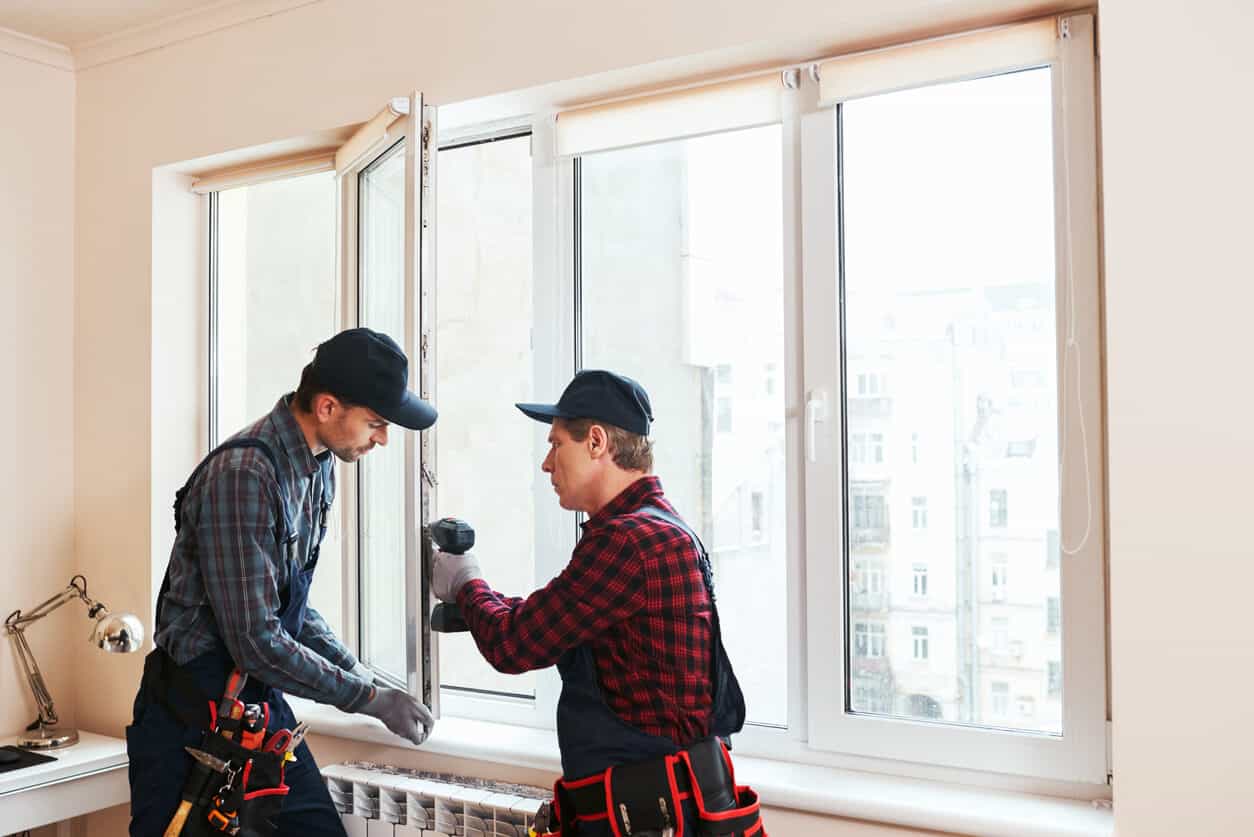
Bulk Discounts and Savings
Many window suppliers offer discounts for bulk purchases, which can help reduce the overall cost. For example, buying all your windows from the same supplier can lower the price per window compared to purchasing them individually. Additionally, having all windows installed at once can save on labor costs, as installers can work more efficiently.
Energy Savings and Increased Home Value
While the upfront cost of replacing all your windows can be high, it’s important to consider the long-term benefits. New, energy-efficient windows can significantly reduce your heating and cooling costs, saving you money on utility bills. Additionally, new windows can enhance your home’s curb appeal and increase its resale value.
By understanding the costs and benefits of replacing all the windows in your home, you can make an informed decision that balances your budget with your long-term goals for energy efficiency and home value.
Labor Costs for New Windows
Labor costs can significantly impact the total cost of window replacement. Understanding these costs will help you budget more effectively for your project.
Professional Installation
Hiring a professional to install your windows ensures they are fitted correctly, reducing the risk of drafts, leaks, and other issues. On average, professional installation costs range from $100 to $300 per window, depending on the complexity of the job and the location of the windows. For example, installing windows on higher floors or in hard-to-reach areas can increase labor costs due to the additional equipment and time required.
DIY Installation
If you’re handy and have the right tools, you might consider installing the windows yourself to save on labor costs. However, this approach comes with risks. Improper installation can lead to problems that might cost more to fix than the money saved. For most homeowners, hiring a professional is the best way to ensure the job is done correctly and safely.
Factors Influencing Labor Costs
Several factors can influence the cost of labor for window replacement:
- Window Type: More complex windows, such as bay or bow windows, require more time and skill to install, increasing labor costs.
- Window Size: Larger windows are heavier and harder to handle, which can also raise labor costs.
- Job Accessibility: Windows on higher floors or in hard-to-reach areas may require special equipment, adding to the labor costs.
- Existing Conditions: If the window frames or surrounding structures are damaged, additional work may be needed to repair them before new windows can be installed.
By understanding these factors, you can better anticipate the labor costs associated with your window replacement project and budget accordingly.
Final Thoughts on Replacement Window Costs
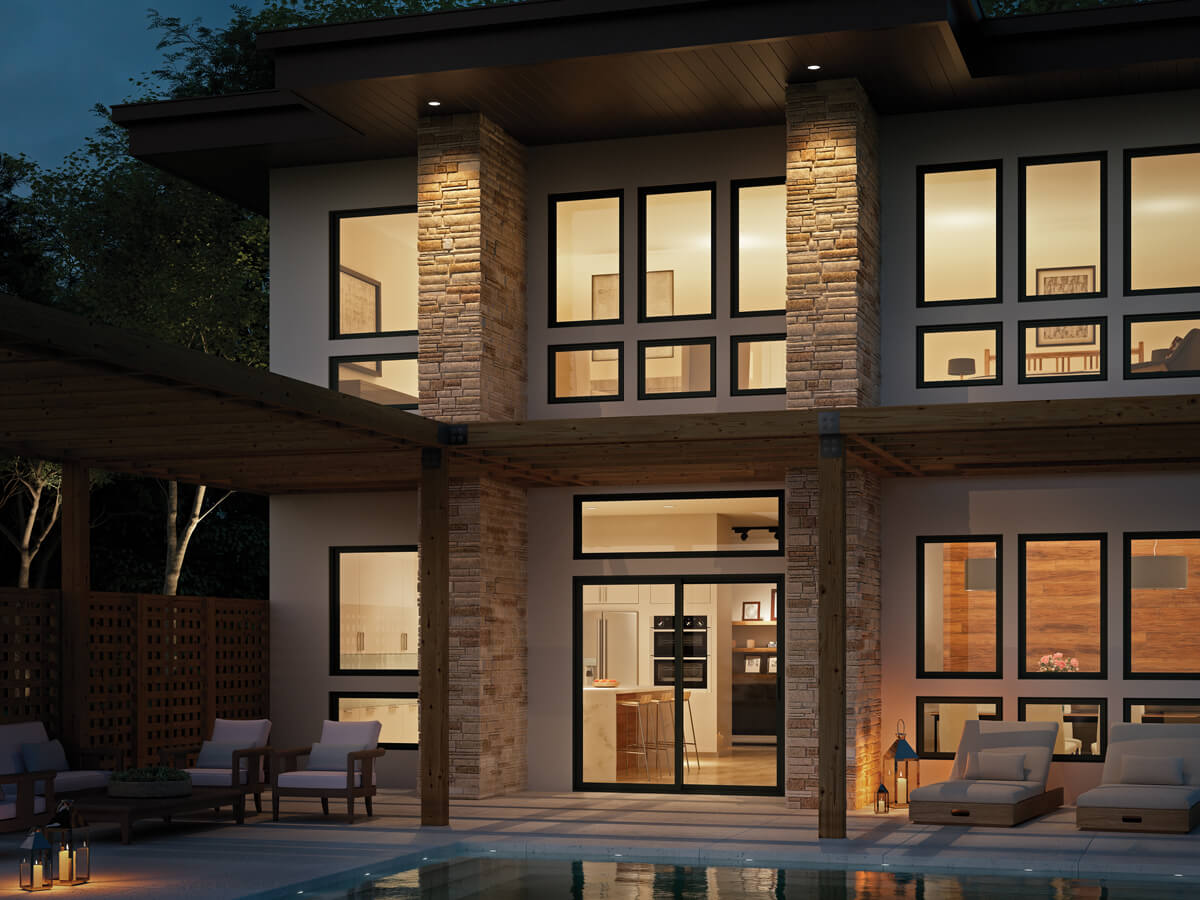
Replacing your windows is a significant investment, but it can greatly enhance your home’s comfort, energy efficiency, and value. Here are some final thoughts to consider as you plan your window replacement project:
Balance Quality and Cost
While it’s tempting to go for the cheapest option, investing in high-quality windows can save you money in the long run. Quality windows provide better insulation, reducing your energy bills and improving your home’s comfort. They also tend to last longer and come with better warranties, offering peace of mind.
Plan for the Long Term
Consider the long-term benefits of your window replacement. Energy-efficient windows can significantly lower your heating and cooling costs, and they may qualify for tax credits or rebates. Additionally, new windows can enhance your home’s curb appeal and increase its resale value, making them a worthwhile investment. For more information, visit the U.S. Department of Energy’s guide on energy-efficient windows.
Get Multiple Quotes
Before making a decision, get multiple quotes from different suppliers and installers. This will give you a better idea of the market rate and help you find the best deal. Be sure to compare not just the prices but also the quality of the products and the reputation of the installers. For additional tips, check out the Consumer Reports window buying guide.
Use the Cost Calculator
Remember to use the window replacement cost calculator at the top of this page to get a personalized estimate based on your specific needs. This tool can help you budget more accurately and make informed decisions.
By taking these factors into account, you can make the best choices for your window replacement project, ensuring you get the most value for your investment.
Frequently Asked Questions
To help you further, here are answers to some frequently asked questions about window replacement costs:
How Often Should Windows Be Replaced?
Windows typically last between 15 and 30 years, depending on the material and maintenance. If you notice drafts, condensation between glass panes, or difficulty opening and closing them, it might be time to replace your windows.
What Is the Best Material for Window Frames?
The best material depends on your budget and needs. Vinyl is affordable and low-maintenance, wood offers a classic look but requires more upkeep, aluminum is strong but less energy-efficient, and fiberglass is durable and energy-efficient but more expensive.
Are Energy-Efficient Windows Worth the Investment?
Yes, energy-efficient windows can save you money on heating and cooling costs. They keep your home better insulated, reducing the workload on your HVAC system. Over time, the energy savings can offset the higher upfront cost. For more details, refer to the U.S. Department of Energy’s guide on energy-efficient windows.
Can I Replace Windows Myself, or Should I Hire a Professional?
While you can replace windows yourself, hiring a professional is recommended. Proper installation is crucial for performance and energy efficiency. Professionals have the tools and experience to ensure the job is done correctly.
What Are the Signs That I Need New Windows?
Common signs include drafts, increased energy bills, difficulty opening or closing windows, condensation between panes, and visible damage like rotting or warping. If you notice any of these issues, it might be time to replace your windows. For more information, check out the HGTV guide on window replacement signs.
How Long Does the Window Replacement Process Take?
The process typically takes a few days to a week, depending on the number of windows and their complexity. Custom windows may take longer due to manufacturing time. Installation itself usually takes a few hours per window.
Conclusion
Replacing your windows is a major investment that can greatly enhance your home’s comfort, energy efficiency, and value. Understanding the factors that affect window replacement costs, exploring ways to save money, and making informed decisions will help you get the best results for your budget.